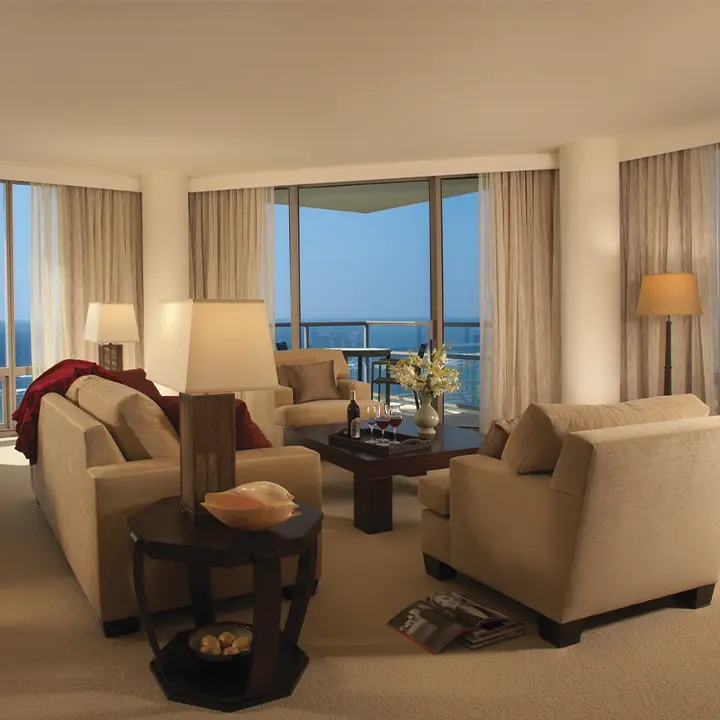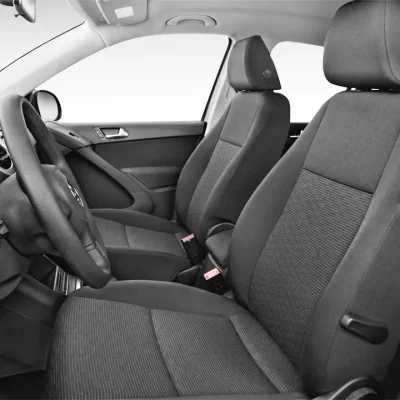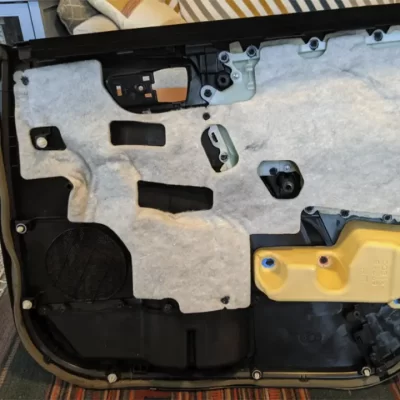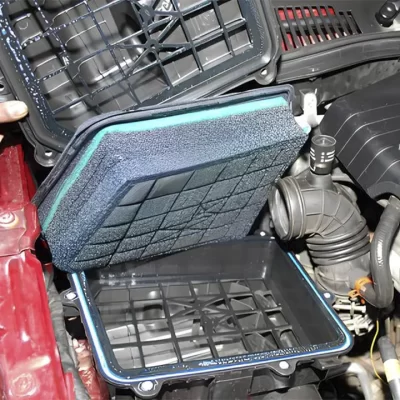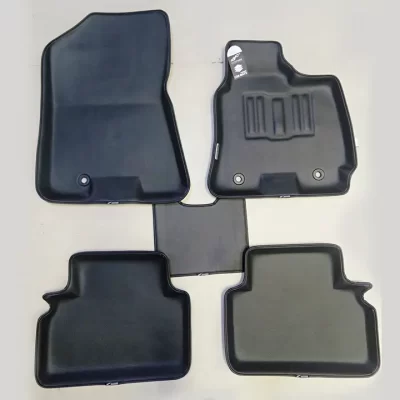Sofa
Polyurethane (PU) foam is the most widely used material in sofa manufacturing, especially for cushions, armrests, and backrests. Its balance of comfort, support, durability, and affordability makes it the preferred choice for residential and commercial seating.
Description
Types of PU Foam Used in Sofas
| Foam Type | Features | Best For |
| Conventional PU Foam | Affordable, soft-medium comfort | Entry-level sofas, short-term use |
| High-Resilience (HR) Foam | Durable, springy, long-lasting support | Premium sofas, everyday use |
| Memory Foam (Viscoelastic) | Contours to the body, pressure-relieving | Luxury or orthopedic sofas |
| Shredded PU Foam | Loose-fill, moldable, soft | Backrest or scatter cushions |
Recommended Foam Densities for Sofas
| Foam Density (lbs/ft³) | Use Case | Comfort Level |
| 1.5 – 1.8 | Decorative, occasional-use sofas | Soft |
| 1.8 – 2.2 | Standard seating cushions | Medium-firm |
| 2.2 – 2.8+ | Heavy use, premium sofas | Firm and durable |
Seat Cushions: Medium to high-density PU foam provides comfort and structural support, often layered or wrapped with softer foam or fiber for a plush feel.
Backrest Cushions: Softer PU foam or shredded foam used for a more relaxed, sink-in comfort.
Armrests & Padding: PU foam is shaped to add padding to sofa arms for comfort and aesthetics.
Frame Padding: Foam used around the internal wooden or metal frame to enhance softness and safety.
Recliners & Modular Sofas: Molded PU foam used for ergonomic shapes and targeted support in reclining sofas or sectional units.
Comfort & Support: Provides a firm or plush feel depending on foam density and layering.
Customizable Density & Firmness: Manufacturers can select foam to match the sofa's design and intended use.
Durability: High-resilience PU foam resists sagging and lasts for years with daily use.
Lightweight & Easy to Shape: Ideal for mass production and complex cushion designs.
Cost-Effective: Offers high performance at a lower price compared to latex or down.
Foam Safety & Quality Standards
CertiPUR-US® certified foam ensures:
- No ozone depleters, heavy metals, formaldehyde, or phthalates.
- Low VOC emissions for indoor air quality.
Fire Retardancy Compliance: Foam must meet regional fire safety standards (e.g., CA TB117, BS 5852).

